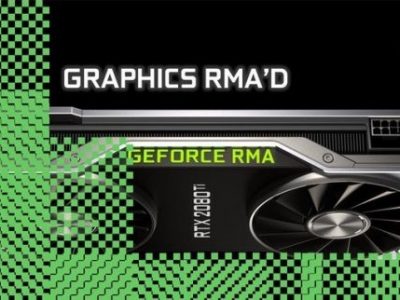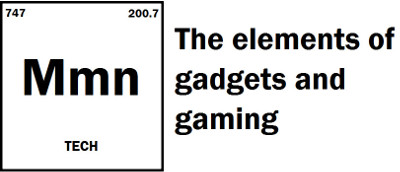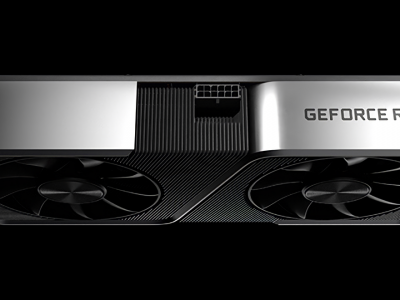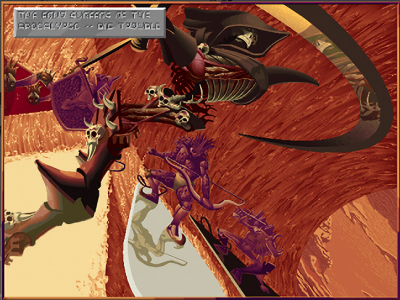

Radeon is rapidly becoming uncompetitive
AMD has a big problem with their GPU division. The company just released their new top end RDNA3 cards a few weeks back to rather tepid reviews. Now, if you’ve been following Radeon for a while now, this should be unsurprising. It’s been a very long time since their high end offerings were able to top Nvidia on performance. So for the most part, they’ve stuck to competing on price. Offering a still decent option for less cash up front. But the market has really started to shift in the past few years, and AMD is rapidly dropping off the deep end when it comes to both.
According to reports, AMD’s market share of discrete GPUs has dropped over the past year from 17% to just 8%. Meanwhile, newcomer Intel has managed to capture 4% of the market, despite Arc suffering from early growing pains. While all eyes in the PC enthusiast press tend to focus on the high end, this hasn’t really been AMD’s core market for a long time. And if we look at the Steam Hardware Survey, it starts to unravel the company’s biggest problem.
As of December 2022, their most popular graphics card is still the venerable Polaris based RX 580. A refresh of the RX 480 that was released in 2017. Polaris is still one of their best GPU architectures thanks to a bevy of future proofing that was added in, such as DX12 and Vulkan support. They also overclocked fairly well, and they were cheap. The 8GB model, which was a lot of VRAM at the time, would set you back $229 USD, while a cheaper 4GB model was just $199. Factory overclocked cards with more robust coolers could easily be had for under $300.
The successor to the RX 580, the new RDNA1 based RX 5600 XT, came out in 2019, and it really wasn’t that much more powerful. It only saw a fairly modest uplift in FP32 performance, while shipping with less and slower VRAM, and costing $50 more. The RDNA2 based 6600 XT followed two years later. This time showing better FP32 uplift and a return to 8GBs of VRAM, albeit still slower. It also got (cough) ray tracing support. But the price had now risen to an MSRP of $379. This marks a 66% bump over the RX 580 just four years earlier, far outpacing the rate of inflation.
The one thing that helped AMD here was the pandemic. MSRP lost all meaning as street prices got massively inflated, and gamers scrambled to pick up any GPU that was available. That in hindsight was a very fortunate turn of events for the company, because had that not happened, they would have absolutely been creamed by Nvidia.
Benchmarks have consistently shown the RTX 3060 beating the 6600 XT in most games and productivity applications. It offered better ray tracing performance, and was cheaper at $329. And $399 would have gotten you the even more powerful 3060 Ti. So why would anyone even think to grab a 6600 XT? And most didn’t. In fact there are no RDNA2 graphics cards in the top 20 on Steam’s Hardware Survey, while the 3060 is in sixth place despite the inflated pandemic pricing.
Now, Nvidia is pretty much wholly responsible for leading price hikes in the GPU market, starting with Turing, and continuing with Lovelace. Which AMD just blindly followed, just not to the same degree. But I don’t think Jensen stupid. Well, I mean he is a bit stupid. They did try selling the 4070 as a 4080, at 4080 Ti pricing. Something they rightly got a lot of backlash for. Maybe a global recession and staple goods inflation crisis wasn’t the right time for that kind of cheek. But I don’t predict huge increases for the 4060. Especially after that. Now that mining is done and dusted, mid-range gaming is where the money’s going to be. Most of those gamers won’t tolerate prices that are too high, as elasticity tends to go up as you go down the tier stack. And judging by how well Lovelace is already doing against RDNA3, you can bet the 4060 is probably going to be closer to the 7700 XT. If it’s cheaper, game over.
Then there’s Intel, the newcomer to the ring. Big Blue hadn’t made a discrete GPU since the early 2000s. And to say they hit the ground running would be a gross overstatement. More like a low impact mall walk after months of delays. The thing with Arc though is not what it is, but what it could become. See, Intel is not trying to compete with Nvidia. Their competition is AMD. Which is why they focused on the lucrative mid-range market for their launch of Alchemist. Something AMD has traditionally done well in. And Intel’s Arc division is a hungry young fighter. The company has gone aggressive on pricing, undercutting AMD by quite a bit. The A770 offers performance somewhere in between the RX 6700 and 6700 XT, while being $20 cheaper than the 6600 XT. Heck, I got mine on sale for the equivalent of $325 USD, which is less than the vanilla 6600.
Now, Arc came a bit too late to the party to have any real impact on the current generation of GPUs. Driver issues also continue to hold it back. They could also fall behind the performance curve if they take too long getting Battlemage out. However, if they manage to solve those problems, I see a lot of potential for Arc. One which AMD really needs to take seriously, because it’s not just discrete GPUs where Intel could become a major threat. The Red Team currently has the embedded gaming market locked down. Intel’s integrated GPUs have traditionally been quite awful. However, Big Blue has already been pairing low power Xe cores with their mobile CPUs since 11th gen Tiger Lake. There’s nothing stopping them from developing higher performance APUs. Making them a tempting option for future consoles, autonomous vehicles, and the budding handheld PC market.
Right now, AMD exists in a world where they are neither competitive on performance nor pricing. This should be a major wakeup call. They badly need a Ryzen moment for their Radeon division, should they wish to avoid falling into third place.


